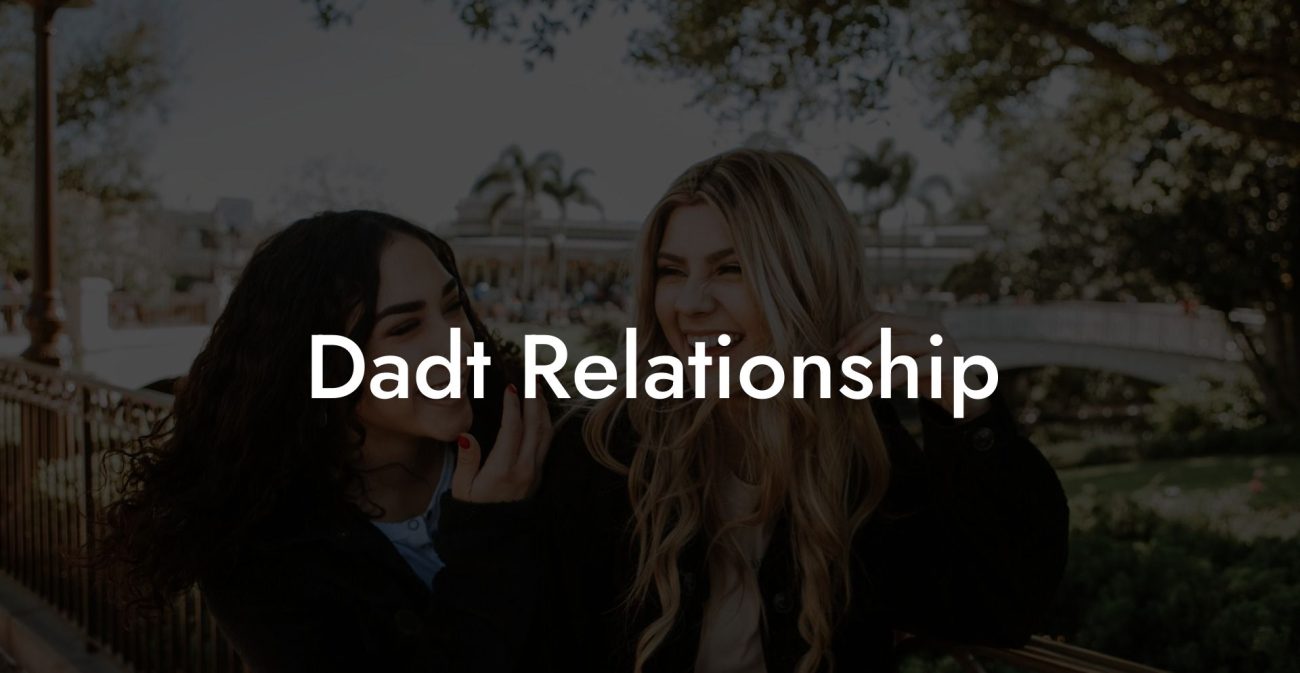As the world becomes a melting pot of ideas, perspectives, and lifestyles, the age-old concepts of love and relationships are evolving to match the times. One such emergent relationship style is polyamory, which continues to attract the attention of both the curious and the skeptical. Before we delve into the complexities of polyamory, let's take a step back and explore the etymology of the term, tracing its roots and the influences that have contributed to its modern-day usage.
Polyamory Etymology Table of Contents
Polyamory is derived from two languages: Greek and Latin. The word "poly" has its origin in Greek and means "many" or "several," while "amor" comes from Latin, translating to "love." Despite the mixed etymology (coined from two separate languages), the meaning that emerges is crystal clear—polyamory is the practice of engaging in multiple romantic relationships, with the full consent and knowledge of all parties involved.
Now that we've established the meaning of the term let's explore its emergence in modern vocabulary.
The creation of the word "polyamory" can be accredited to Morning Glory Zell-Ravenheart, an influential figure in the neo-pagan community in the 20th century. In 1990, she utilized the term in an article called "A Bouquet of Lovers: Strategies for Responsible Open Relationships." Although initially used as a misspelling of "poly-amorous," the term quickly gained traction and became synonymous with consensual non-monogamous relationships.
Before polyamory, the term that dominated discussions around non-monogamous relationships was "swinging." Swinging refers to the practice of swapping romantic partners within a community and has been around since the mid-20th century. However, it was during the 1960s countercultural movement that the sexual revolution catapulted this relationship style into the limelight.
As people began to question traditional norms and experiment with different lifestyles, the interest in non-monogamous relationships grew stronger. Polyamory was initially perceived as an offshoot of swinging but eventually came to represent a relationship style that valued emotional connections and long-term bonds.
Polyamory Etymology Example
Suppose a couple, Alice and Ben, have been happily together for several years but, at some point, they decide to explore the possibility of forming romantic connections with other people. They openly communicate their feelings and expectations and come to an agreement that they're both comfortable with. Alice eventually meets another partner, Chris, while Ben gets involved with someone else. They ensure that all parties are informed and consenting, maintaining transparency and trust within all four relationships. This is an example of polyamory, in which they all continue to develop deep connections with their multiple romantic partners.
Polyamory etymology might not seem like the most riveting of topics, but understanding the origins of the term provides essential context to our discussions on modern love and relationships. Without a grasp on where the concept of polyamory arises from, it's challenging to engage in meaningful conversations and expand one's own understanding of love. As the world continues to evolve, it's essential to stay open-minded and embrace the rich diversity of relationships that humans can experience.
So, whether you identify as monogamous, polyamorous, or somewhere in between, take a moment to appreciate the rich linguistic and cultural history behind the term "polyamory." And, as you continue to explore the fascinating world of non-monogamy, don't forget to share this valuable insight with others! For more engaging guides on modern relationships and to stay updated on the latest in the polyamory realm, make sure to keep tuning in to The Monogamy Experiment.













